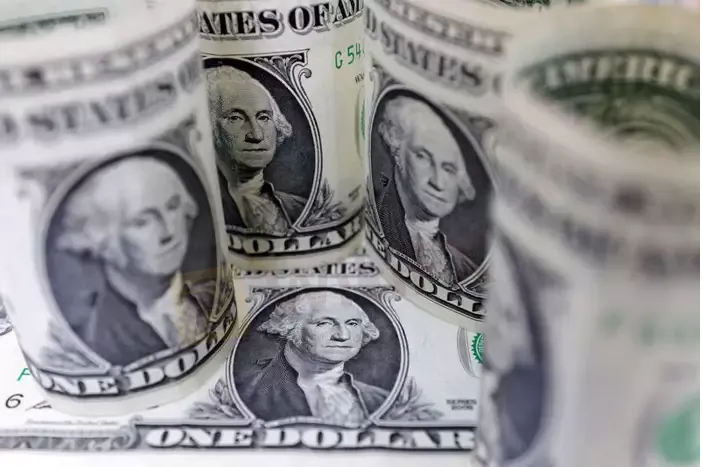Abstract:The dollar extended it best rally against the yen since mid-June on Monday, buoyed by higher Treasury yields after blockbuster U.S. jobs data lifted expectations for more aggressive Federal Reserve policy tightening.

The dollar extended it best rally against the yen since mid-June on Monday, buoyed by higher Treasury yields after blockbuster U.S. jobs data lifted expectations for more aggressive Federal Reserve policy tightening.
The greenback was last 0.31% higher at 135.42 yen, and earlier rose to 135.585 yen, its highest since July 28, after surging 1.57% in the previous session, its biggest single-day gain since June 17.
The dollar index, which measures the currency against six counterparts, stood at 106.77, from a Friday peak of 106.93, also the strongest since July 28.
Traders currently see a 73.5% probability the Fed continues the pace of 75 basis-point interest-rate increases for its next policy decision on Sept. 21, from about 41% before surprisingly strong payrolls data on Friday raised worries that wage growth would fuel inflationary pressures.
The focus this week will be on the U.S. consumer price index due Wednesday, and whether it can cement the odds for super-sized rate rises. Analysts polled by Reuters expect annual inflation eased to 8.7% in July from 9.1% previously.
“It will likely take a number below 8.4% to get the odds of a 50bp hike in September as the default setting,” although that “seems unlikely,” Chris Weston, head of research at Pepperstone, wrote in a note.
“I wouldnt want to be short USDs if the CPI print comes in above 9%.”
The two-year Treasury yield remained elevated at 3.2628% in Tokyo trading on Monday, after reaching 3.3310% at the end of last week, a level not seen since mid-June.
The 10-year yield stood at 2.8470%, sticking close to the two-week high of 2.8690% touched Friday.
The negative spread between the two- and 10-year yields was 42 basis points, having hit 45 basis points on Friday, the most since August 2000. An inverted yield curve is widely interpreted as a pre-cursor to a recession.
Elsewhere, the euro sank 0.35% to $1.01595 while sterling slid 0.19% to $1.2050.
The British pound dropped as low as $1.2004 on Friday, a day after the Bank of England raises interest rates by an as-expected half a point at the same time as warning of a protracted downturn.
“The Bank of Englands forecast of recession underpins the vulnerability of the pound going forward,” Rabobank senior FX strategist Jane Foley wrote in a note, predicting sterling could dip to $1.14 within three months.
Meanwhile, the Australian dollar slipped 0.06% to $0.6907, while the New Zealand dollar fell 0.19% to $0.62315.










